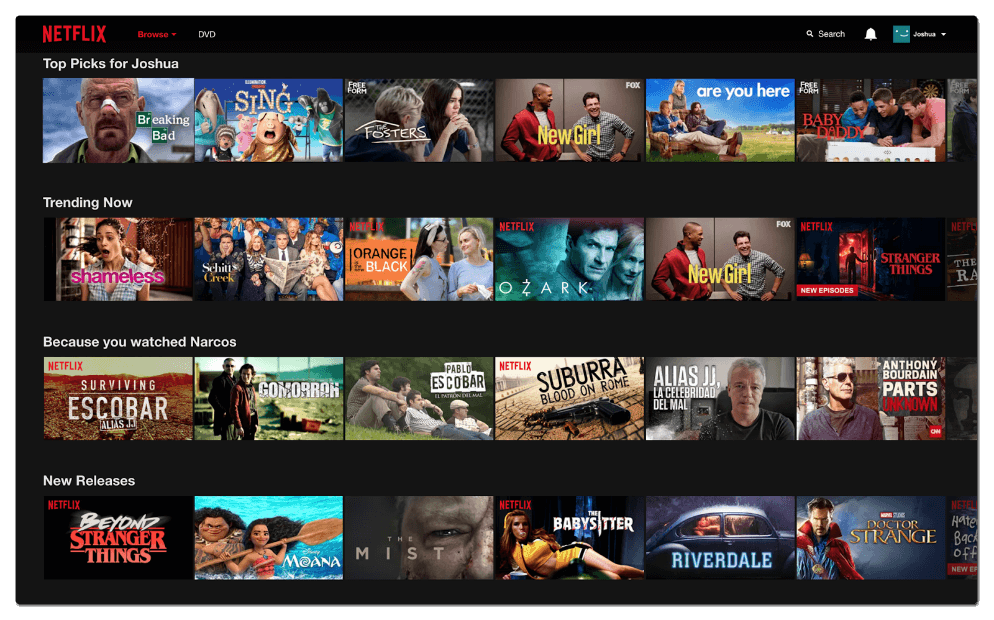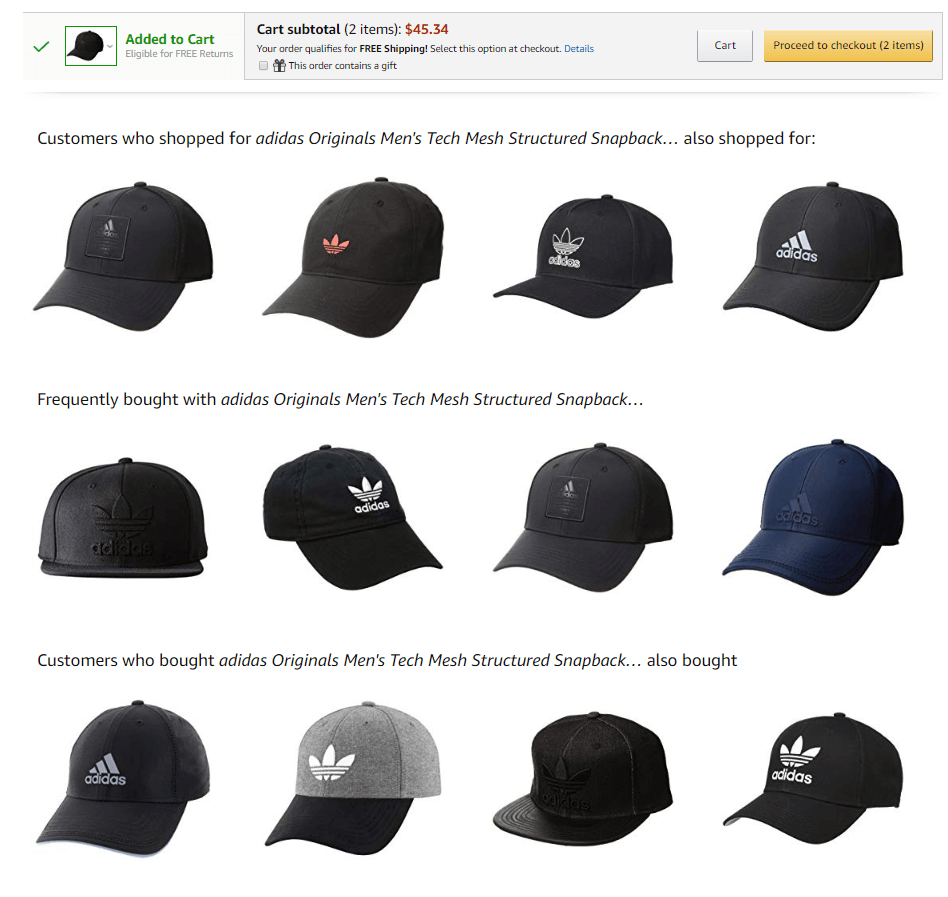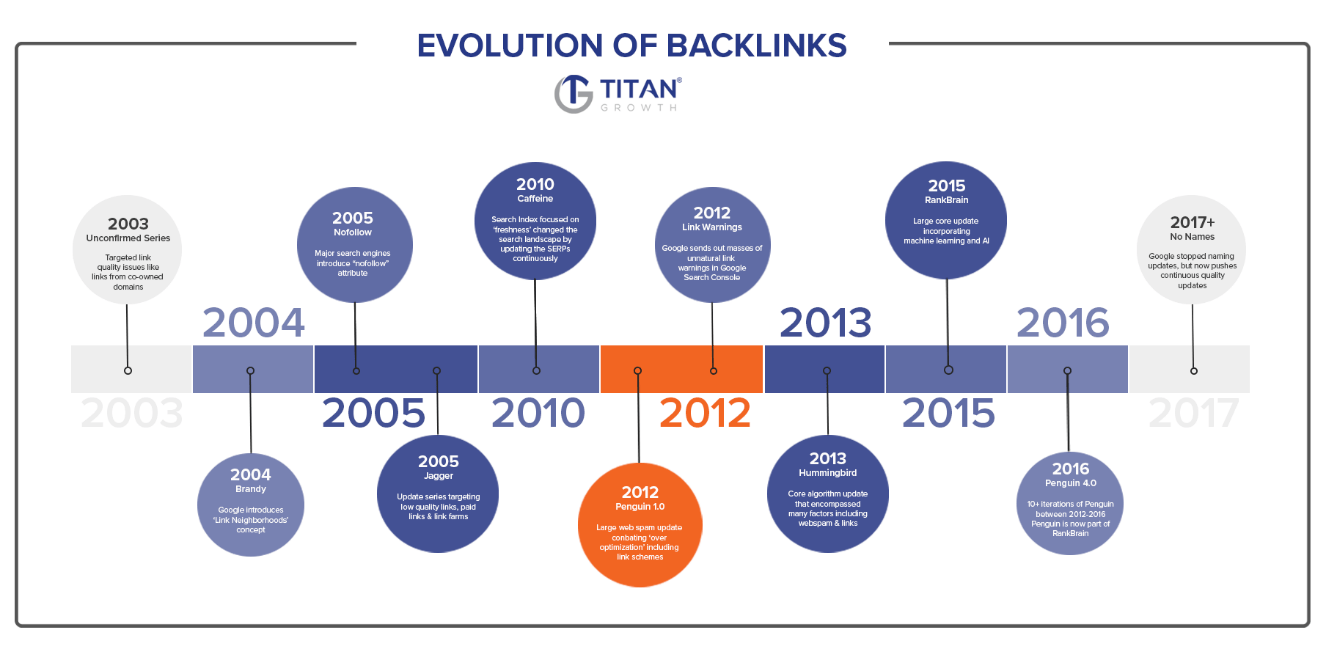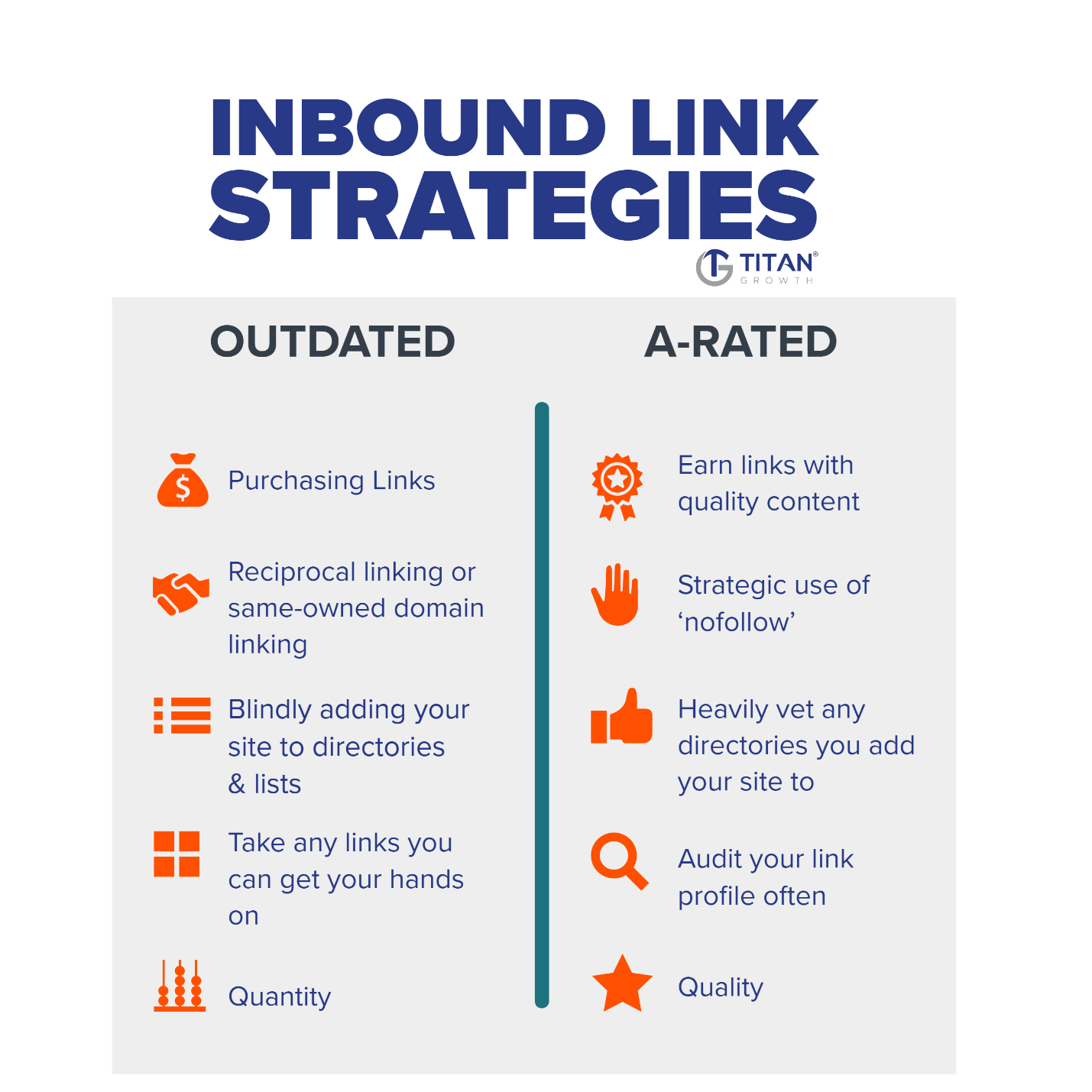Artificial Intelligence has been a trending topic for a few years now and as the technology continues to improve, it is becoming an increasingly integral part of a well-rounded digital marketing strategy. As new uses for AI are being developed, it is important for marketers to stay on top of the trend. Any opportunity to save time, money, and better cater to your audience’s needs and wants, is worth the effort.
Automated Processes Save Time and Money
Despite the growth of AI technology, human insight is still vital. AI is becoming a crucial part of a modern paid media strategy. Paid search managers benefit from the opportunity to focus on bigger-picture strategy initiatives by automating the more mundane tasks that can take up a lot of time without automation. Spending less time on repetitive tasks, such as budget pacing and adjusting bid values, can increase productivity significantly.
The digital marketing use cases for AI don’t stop here. We elaborate more on those in our recent article on Paid Search Trends for 2019.
AI for Content Creation and Curation
Creating quality content is a key part of building authority within your industry or niche. Building authority is necessary for improving organic rankings and visibility in the SERPs. Marketers may be hesitant to let AI take the reins and create content autonomously, but this technology is closer than one may think. Content that’s at least partly generated by AI is currently being published by several global brands, including Forbes.
AI-software can also parse through web traffic data and curate content recommendations based on searcher intent. Again, this is an example of artificial intelligence cutting down on time spent on a repetitive task, in this case determining content topics and publishing content on the most effective channel at the optimal time.
Now that marketers will have more time on their hands, they can allocate that time to work on strategic growth strategies, face-to-face communication, and other areas where the human touch is more valuable than AI.
Improve ROI by Using AI to Predict Customer Behavior
Predictive analytics is one of the most exciting uses of AI for marketers. There are several predictive analytics companies that empower users to visualize and analyze data in a secure environment. Some, like Microsoft Power BI, are self-service platforms made for non-technical business users – so you don’t need to be an expert in big data to utilize the technology. For more on predictive analytics software, check out this list.

Data visualized for quick analysis through the Microsoft Power BI platform.
The accuracy at which AI-software can predict future customer behavior based on past behavior, data, and statistical models is startling. In this instance, AI is not only saving time but improving accuracy. When a customer’s actions can be anticipated, you can serve them highly personalized messages that will guide them through a buying funnel that is unique to them and optimized to nurture purchases.
Similarly, AI-based digital marketing can help you identify your target market. Identifying your ICP is vital to getting the most out of your marketing budget because spending time on leads that aren’t ready to buy is a waste of time and money. Again, you have many options in terms of which AI-software to use – what’s important is that you leverage the software’s ability to quickly parse through large amounts of data. AI-software can analyze your past sales wins and quickly determine the firmographics and demographics of these wins to show you where you can focus your efforts.
Improve ROI by Using AI for Better Personalization
Personalization is no longer just a trendy marketing buzzword. Personalized messaging, especially in retail marketing, is quickly becoming a standard. Most of today’s consumers expect brands to personalize their messages, whether it be modifying to match their location, demographics, or specific interests. Many consumers won’t even respond to messaging that is not personalized. By analyzing consumer data and behavior, AI-software can hyper-personalize the customer experience to foster consistent engagement and interest.
Personalized product recommendations are one of the most prominent uses of AI technology in retail and eCommerce. You can easily craft a more effective marketing strategy by knowing your customers’ buying habits. We most commonly see this technology used in online shopping to get users to purchase. Or do we? Think about Netflix. Their goal is to keep you interested in their subscription service. Before, during, and after you finish a show or movie, Netflix curates recommendations for you to keep you from canceling.

The average user doesn’t think about Netflix using AI to comb through their watch history – they’ll just be excited to start watching Ozark as soon as they finish Breaking Bad.
Amazon uses AI to great advantage by providing personalized suggestions based on buying history, items they’ve viewed and liked, items in their cart, and what other users purchased. Once a user is already in the final stages of the purchasing funnel, these personalized recommendations can drive additional revenue per capita.

Above, we see Amazon’s product recommendations in play. These suggestions may prompt a user to make an additional purchase or change their purchase if they see a product they like more. Either way, the customer feels understood and their overall experience is improved. The more you shop, the better the recommendations become. During their next session, this user could be shopping for books – Amazon will “remember” the interest in hats and provide recommendations like these again. Fast forward twenty minutes: this user has their book in their cart along with a hat that they just had to have. Ka-ching.
The use cases for AI in digital marketing far exceed our list, and more ways to leverage AI are continually being developed as the technology improves. AI-powered site builders, for instance, build sites with search engine marketing in mind, cutting down on the need for on-page optimizations and UX/UI adjustments. Chat-bots are being used on most websites to help answer simple questions and to segment visitors into a proper funnel based on the questions they ask. AI plays a prominent role in the development of voice search technology, which as we’ve covered recently, is becoming a dominant player in search marketing.
The most important thing for diligent marketers and website owners is to stay updated on ways AI can be used for digital marketing and to look for ways in which it can streamline their current processes. Subscribe to our newsletter for fresh insights and industry updates.








